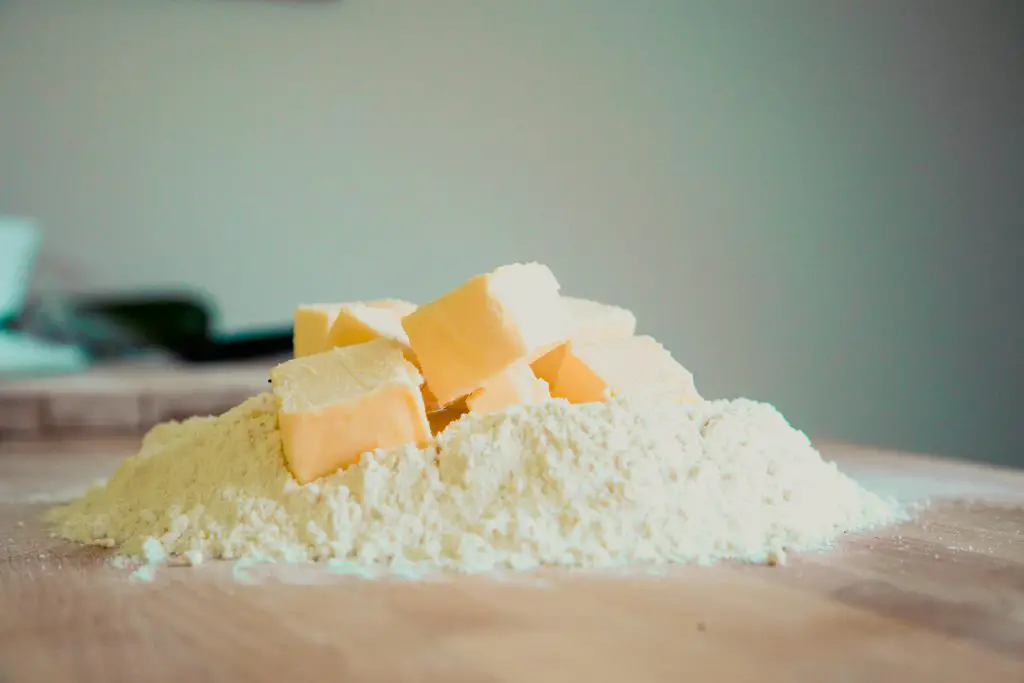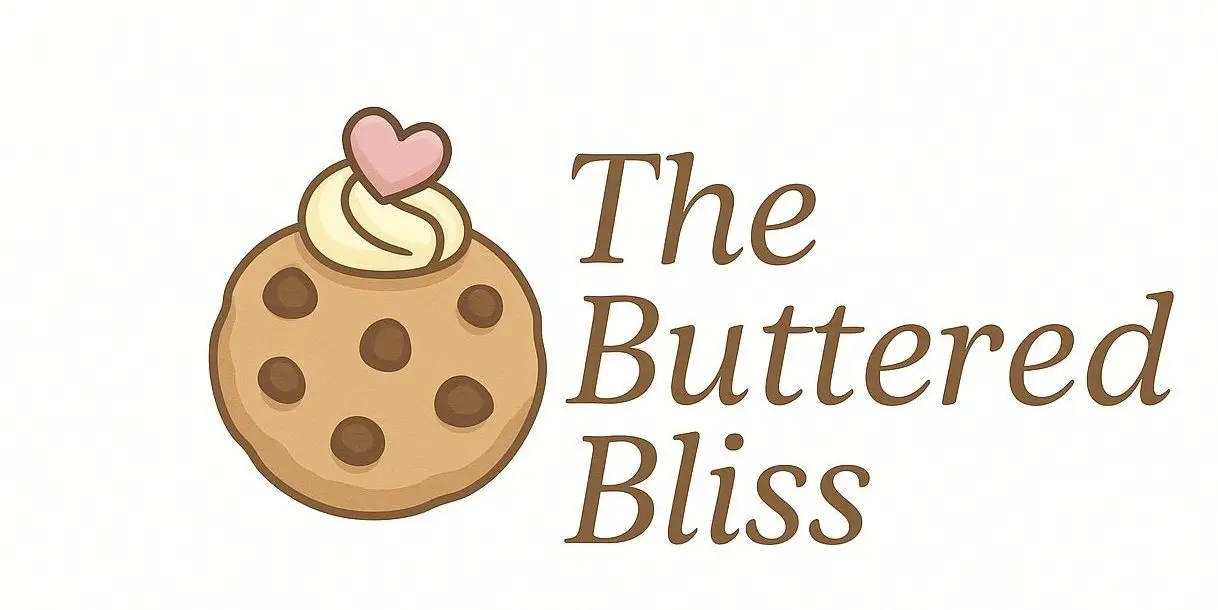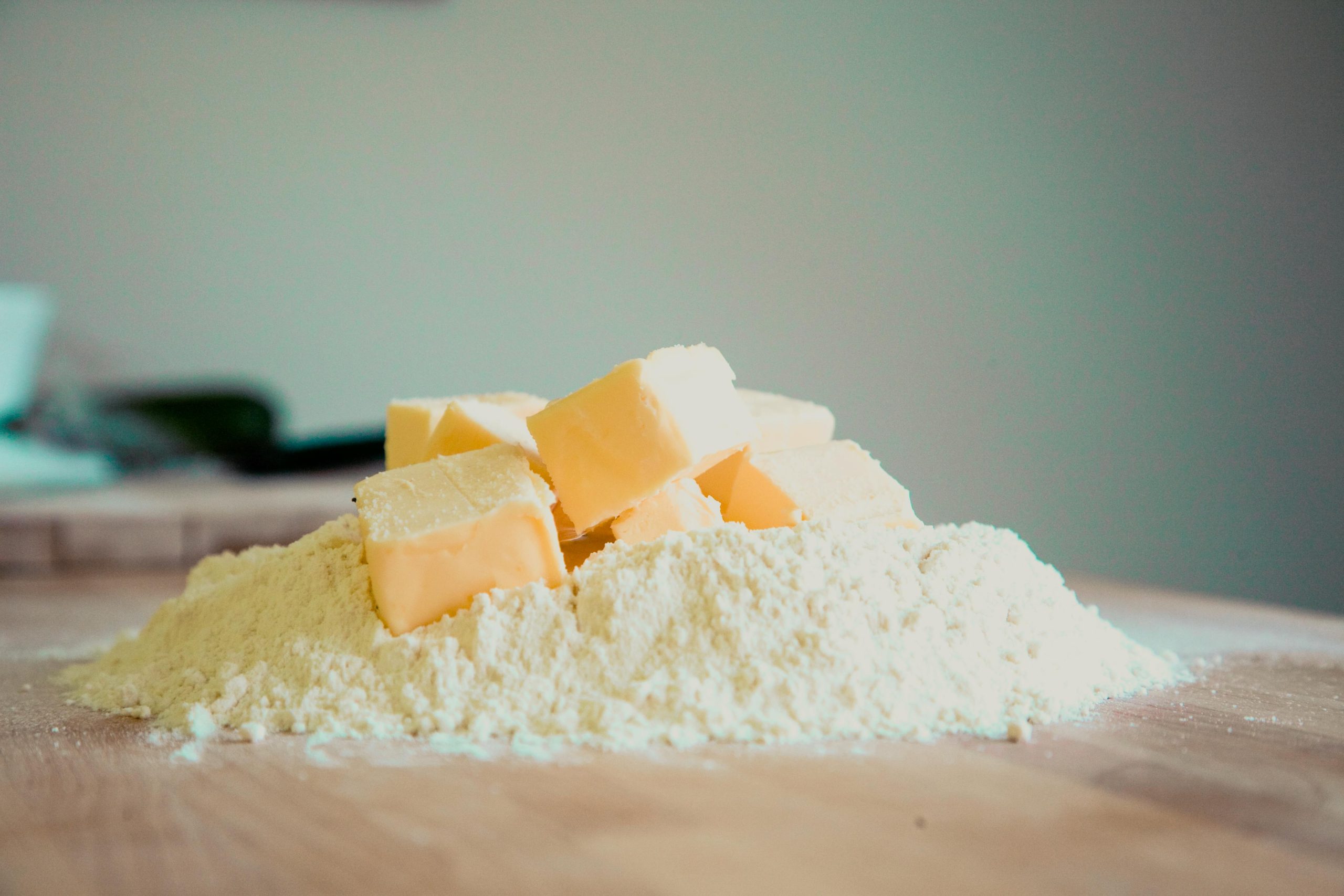Why Butter Makes Everything Better (Especially in Baking)
Butter isn’t just an ingredient—it’s the heart of good baking. It’s what makes croissants flaky, cookies chewy, and pound cakes rich and tender. But beyond its melt-in-your-mouth magic, butter plays a much bigger role in your bakes than you might realize. So if you’ve ever wondered why nothing quite compares to that buttery flavor, let’s break down why this golden fat really does make everything better.
Butter Adds Depth and Flavor
There’s a reason your favorite cookies taste better with real butter—it brings flavor that oil or shortening simply can’t. Butter contains over 400 different fatty acids and aromatic compounds, which create a rich, creamy taste with a slightly sweet undertone. Whether it’s layered in pie crusts or folded into cake batter, butter builds flavor from the very beginning.
It’s All About Texture
Butter is responsible for those delicate, crisp edges on a cookie and the soft, airy rise of a cake. In pastries, it creates flaky layers. In cookies, it determines whether they spread thin or puff up. And in brownies? It’s what gives them that luscious, fudgy middle. When you cream butter with sugar, you’re also adding air—giving baked goods their tender structure.
Salted vs. Unsalted: What’s the Difference?
Unsalted butter gives you full control over your recipe’s salt content, making it a baker’s best friend. Salted butter is great for toast and finishing touches, but can throw off delicate desserts where salt needs to be exact. If a recipe doesn’t specify, go with unsalted—it’s safer and more versatile for baking.
Room Temperature vs. Melted vs. Cold
Different bakes call for butter in different forms:
- Room temperature is best for creaming with sugar, giving cookies and cakes a light texture.
- Melted butter adds density and chewiness—great for brownies and gooey cookies.
- Cold butter creates flaky layers in pie crusts, biscuits, and scones by releasing steam as it bakes.
Knowing which one to use changes the entire result.
Brown Butter = Pure Magic
Want to elevate your desserts without changing your recipe? Brown your butter. It’s as simple as melting it down in a saucepan until the milk solids toast and turn golden. This creates a nutty, toffee-like flavor that makes cookies, banana bread, or even frosting taste gourmet with zero effort.
Butter 101: Quick Tips for Better Baking
- Always use high-quality butter for the best flavor. European butters have higher fat content and less water, which can improve results.
- Don’t microwave to soften—it melts unevenly. Let butter sit out 30–60 minutes instead.
- Cut cold butter into small pieces for easier mixing in biscuits or scones.
- Freeze extra butter and grate it into recipes that call for cold butter (hello, perfect pie crust!).
Final Thoughts
Butter is more than just a pantry staple—it’s the soul of baking. It brings richness, tenderness, and a whole lot of flavor to every treat it touches. Whether you’re browning it for extra depth or whipping it to silky perfection, never underestimate what real butter can do.
Stick around—every visit tastes better than the last at The Buttered Bliss.


